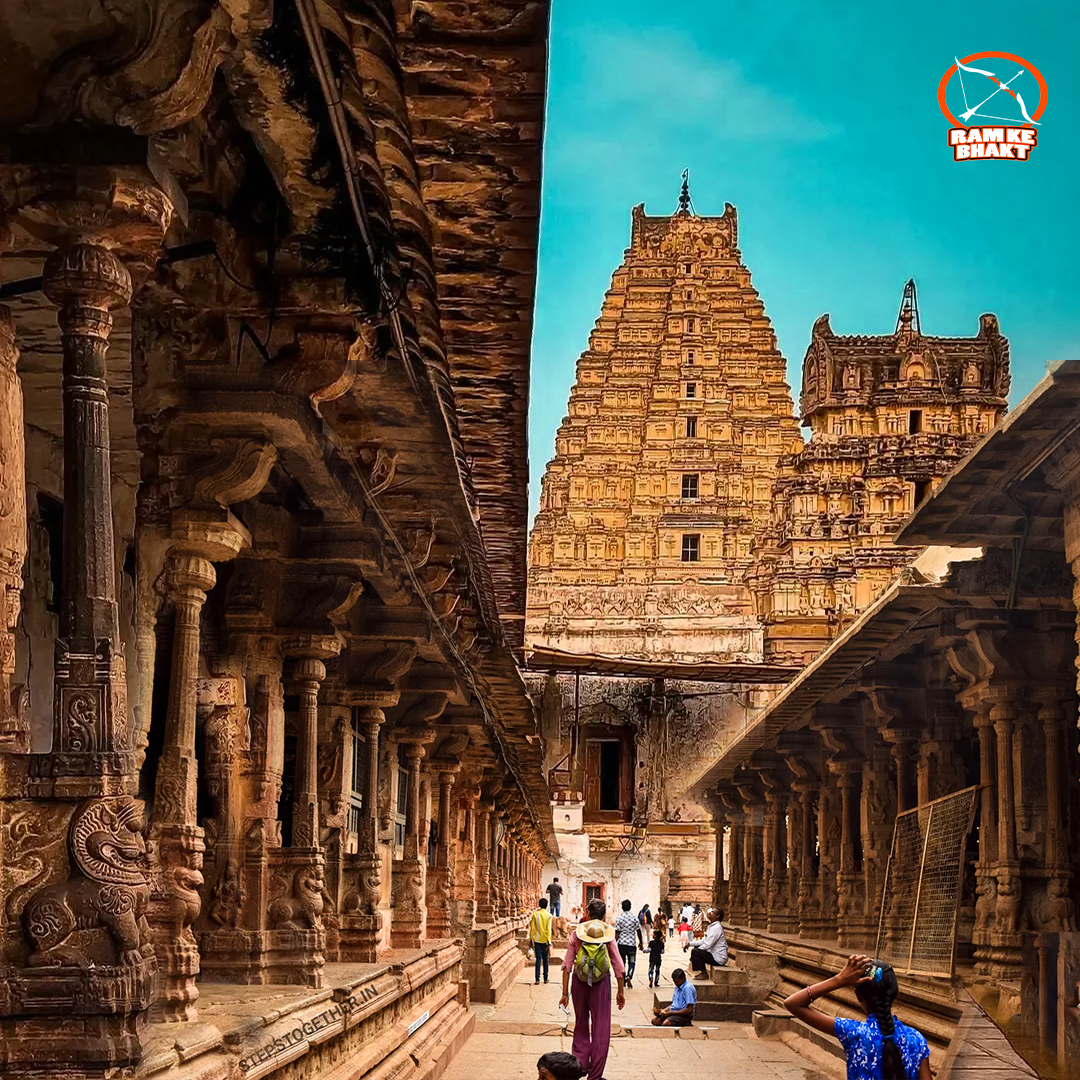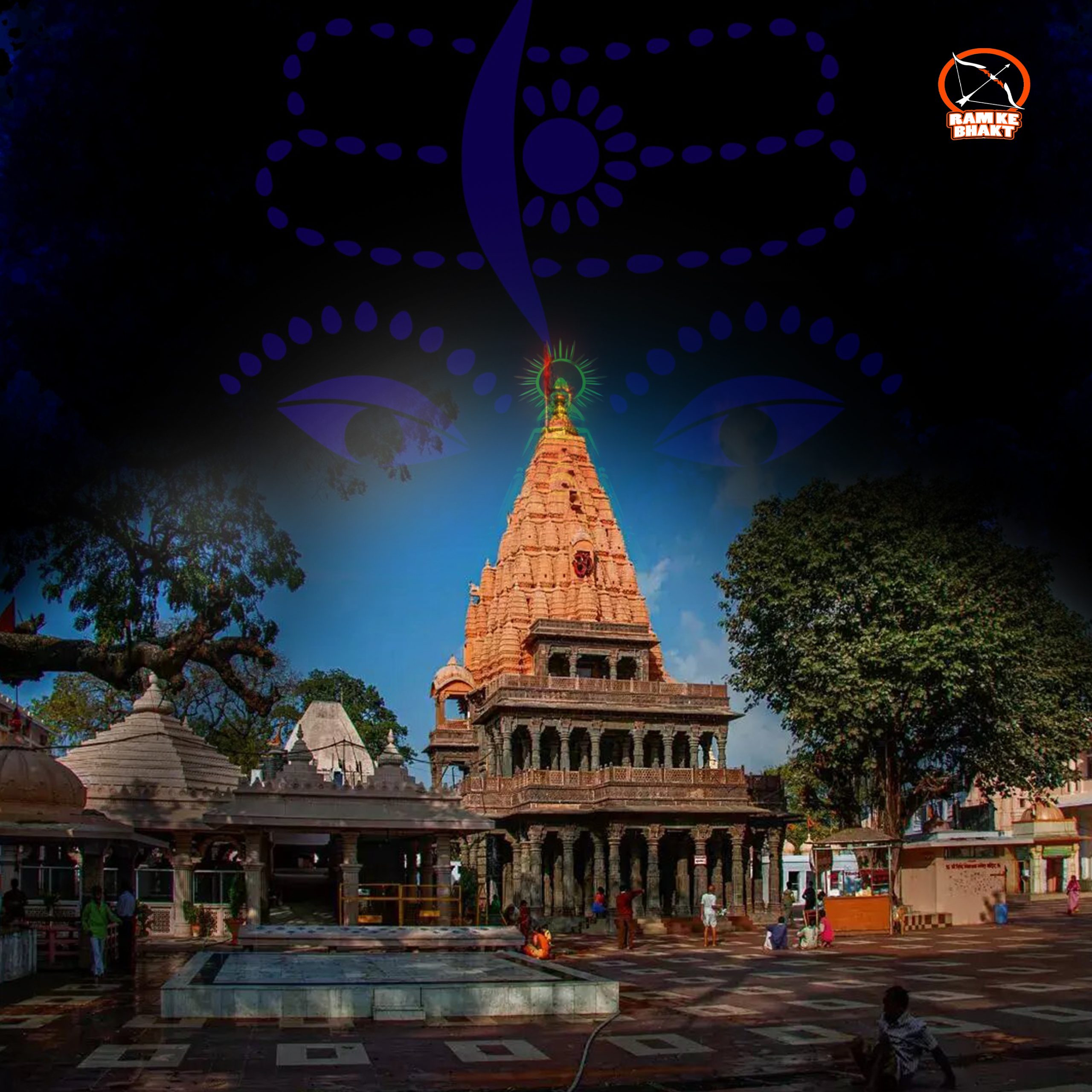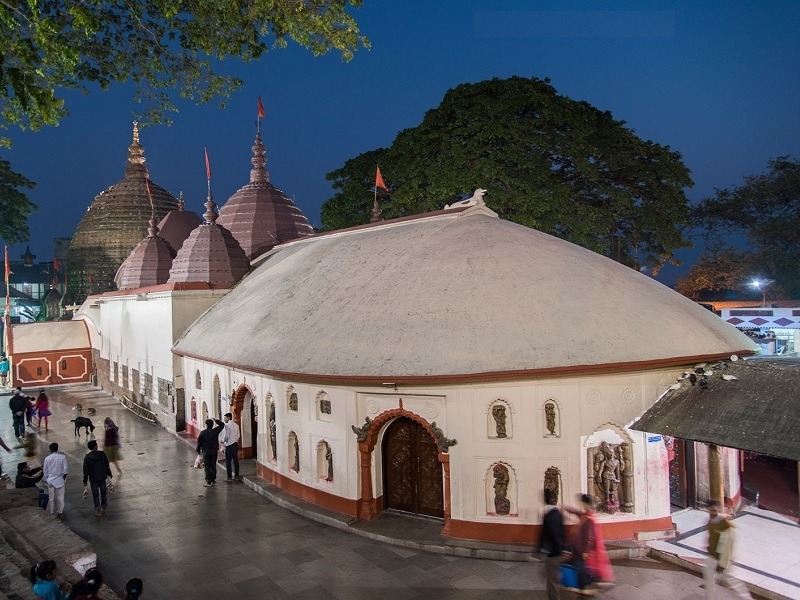
In Guwahati, Assam, on the scenic Nilachal Hill, there is a temple called the Kamakhya Temple, where stories and mystery coexist peacefully with divinity. This historic temple honors the formidable goddess Kamakhya and is crucial to India’s spiritual history. A trip to the Kamakhya Temple promises to be unlike any other due to its intriguing history, cryptic ceremonies, and stunning surroundings.
The Kamakhya Temple perched atop the picturesque Nilachal Hill, has a magical allure. Since its origins date back to antiquity, its holy grounds have a timeless aura. Legend has it that Lord Shiva carried the dead body of his beloved Sati while performing the cosmic dance of devastation. His dancing caused her fragmented bodily parts to land in various locations around India, with her womb and genitalia landing in the Kamakhya Temple.
The History Disclosed
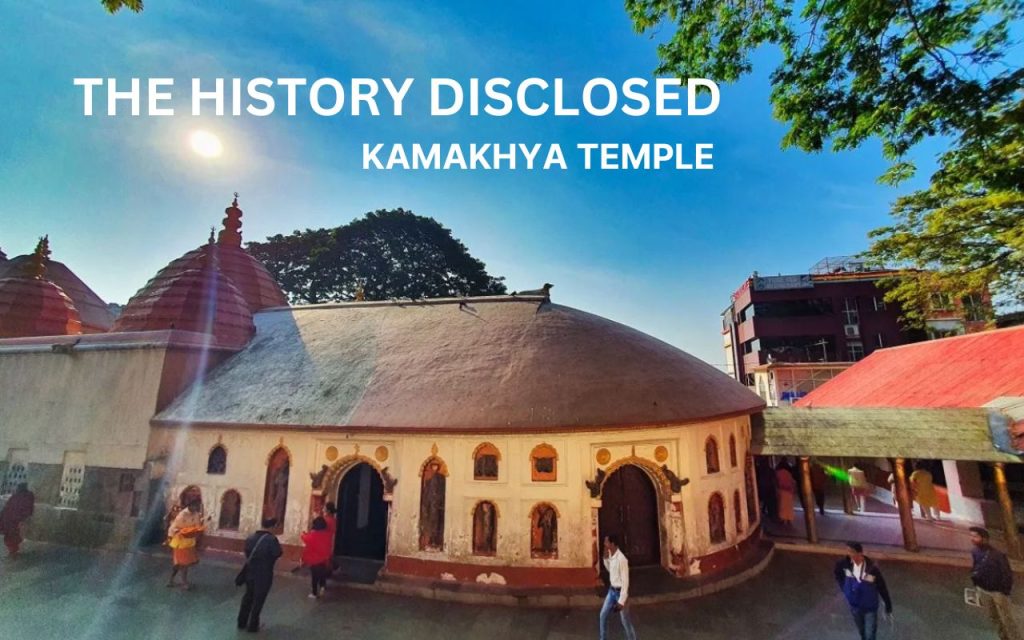
The Kamakhya Temple, which dates to the eighth century, bears the weight of centuries on its holy grounds. The temple’s history, steeped in myth and tradition, is just as fascinating as the god it honors. According to legend, Sati’s body parts were dispersed throughout various areas in India when Lord Shiva performed the cosmic dance of destruction (Tandava) while carrying the lifeless body of his beloved on his shoulders. One of the most venerated Shakti Peethas (centers of feminine divinity) in the nation, the Kamakhya Temple is thought to be the location where the goddess’s womb and genitalia fell.
An invitation to take a profound spiritual journey is extended by visiting the Kamakhya Temple. The mood is otherworldly as one climbs the stone steps leading to the temple, filled with the pungent scent of burning incense and the echo of chanting from long before. A glimpse into Assam’s rich cultural legacy may be seen in the architectural splendor of the temple, which is highlighted by beautifully carved pillars and exquisite domes. The temple’s appeal is further enhanced by its location atop Nilachal Hill, which provides a stunning panorama of the mighty Brahmaputra River and the surrounding lush greenery.
The Kamakhya Temple allows devotees to ask the holy mother for her blessings. Prayers made to the goddess Kamakhya are said to have the power to grant wishes, promote fertility, and invoke heavenly favors. The temple’s divine aura claimed to exude from its revered walls, draws spiritual searchers to it.
Mysteries That Intrigue
The Kamakhya Temple’s connection to the mysterious Tantric practices is among its most alluring features. A few priests carry out ceremonies rooted in esoteric traditions within the temple’s holy confines. These rituals, which involve sacrifices, invocations, and gifts, provide a compelling and enigmatic environment. A distinctive figure of the goddess immersed in water, signifying her menstrual cycle, can be found in the Kamakhya Temple. This representation is kept in the Garbhagriha, the temple’s inner sanctuary, where it is revered. The Ambubachi Mela, a particular festival honoring the strength of women and fertility, is one of the temple’s ceremonies.
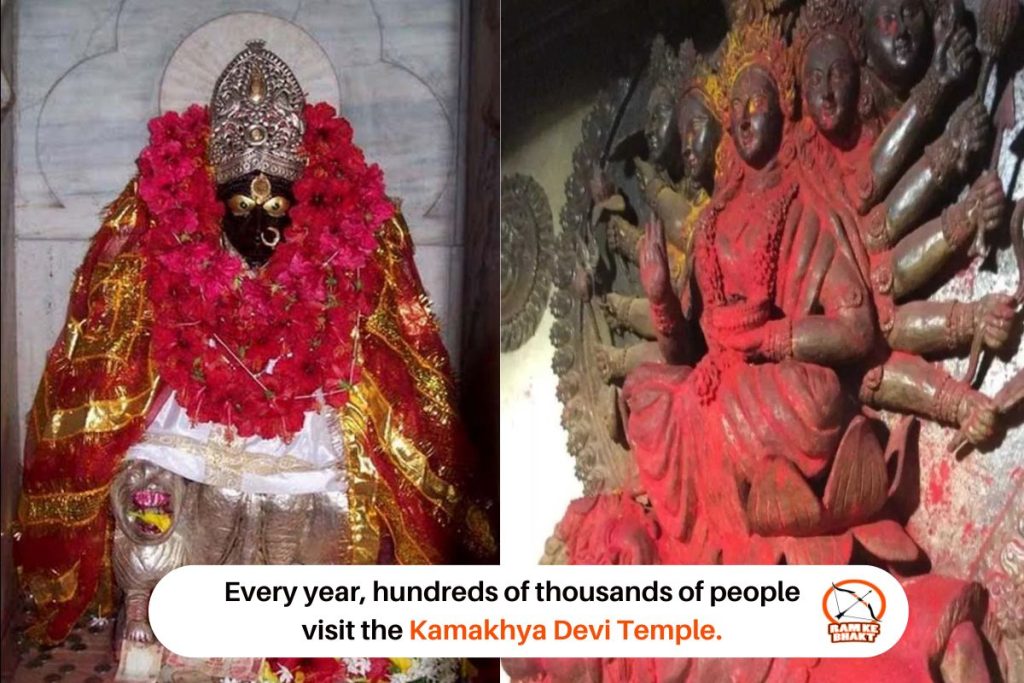
The Tantric practices associated with the Kamakhya Temple captivate and fascinate tourists. The secrecy of these ceremonies, carried out within the temple’s walls by a select few, lends the atmosphere of the temple a sense of mystique. Tantra’s intricate and lengthy traditions encourage investigation and arouse interest.
The Garbhagriha, where the revered figure of Kamakhya sits, is located deep within the temple’s inner sanctuary. The statue, submerged in water and portrays the goddess’ menstrual cycle, stands for the strength of womanhood and the power of creation. The rituals surrounding this unusual representation highlight the divine force connected to femininity and reproduction. At the Kamakhya Temple, a unique rite known as the Ambubachi Mela honors the goddess’ menstrual cycle.
A Spiritual Journey Awaits
A journey into the spiritual world might begin with a trip to the Kamakhya Temple. The perfume of incense and the sounds of old chants fill the air as you go up the stone stairs leading to the temple, evoking a transcendent feeling. With its carved pillars and elaborate domes, the exquisite architecture provides a window into Assam’s rich cultural legacy. The expansive vista of the powerful Brahmaputra River and the surrounding lush vegetation only glorify the temple’s attractiveness.
The Kamakhya Temple offers devotees a chance to ask the holy mother for her blessings. It is thought that praying to the goddess Kamakhya will grant wishes, promote fertility, and endow followers with blessings. The powerful energies claimed to live within the temple’s revered walls and also drive spiritual seekers from all over the world there.
A trip to the Kamakhya Temple allows you to see Assam’s colorful culture outside the spiritual sphere. You will find Local markets close to the temple where you may browse traditional handicrafts, sample genuine Assamese food, and interact with friendly people.

At the Kamakhya Temple, mystery, history, and spirituality come together to create a place that begs to be explored. Visits to Kamakhya promise to be life-changing, whether you’re looking for heavenly benefits, want to understand the mysterious ceremonies, or just want to take in the aura of this old temple. So gather your curiosity, travel to the enigmatic state of Assam, and let the Kamakhya Temple fascinate you.
Conclusion
The Kamakhya Temple is a fascinating example of how history, mystery, and spirituality are intertwined. This historic temple to the goddess Kamakhya, located atop the picturesque Nilachal Hill in Guwahati, Assam, occupies a significant role in India’s spiritual landscape. The mysterious ceremonies, connection to Tantric beliefs, and intriguing Ambubachi Mela festival all contribute to the temple’s aura of intrigue and attraction.
A trip to the Kamakhya Temple is a life-changing spiritual and physical expedition. The smell of incense and the sounds of old chants meet one as they ascend the stone steps, creating an otherworldly ambiance. Visitors may interact with historical customs and myths via the temple’s rich past, which is best shown by the narrative of Sati and Lord Shiva.

